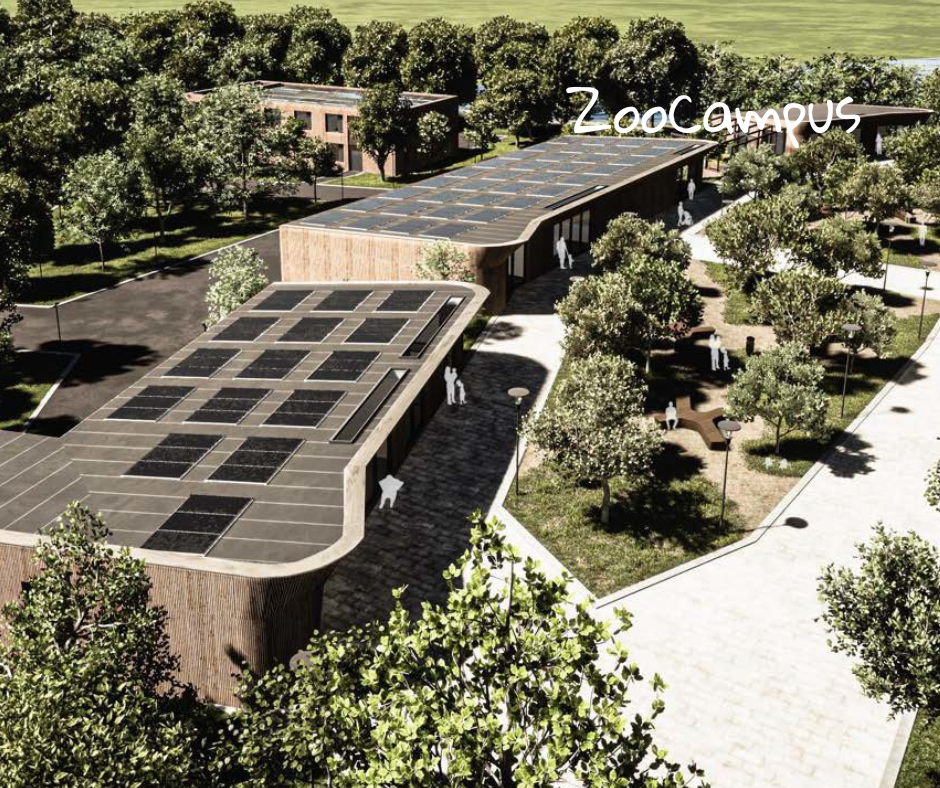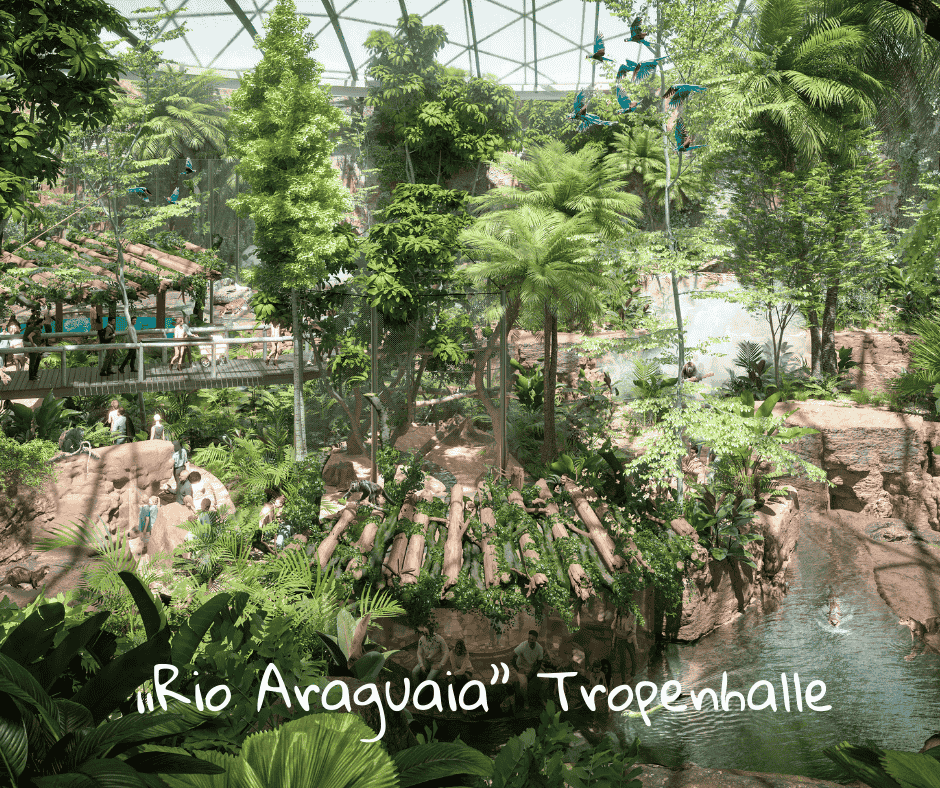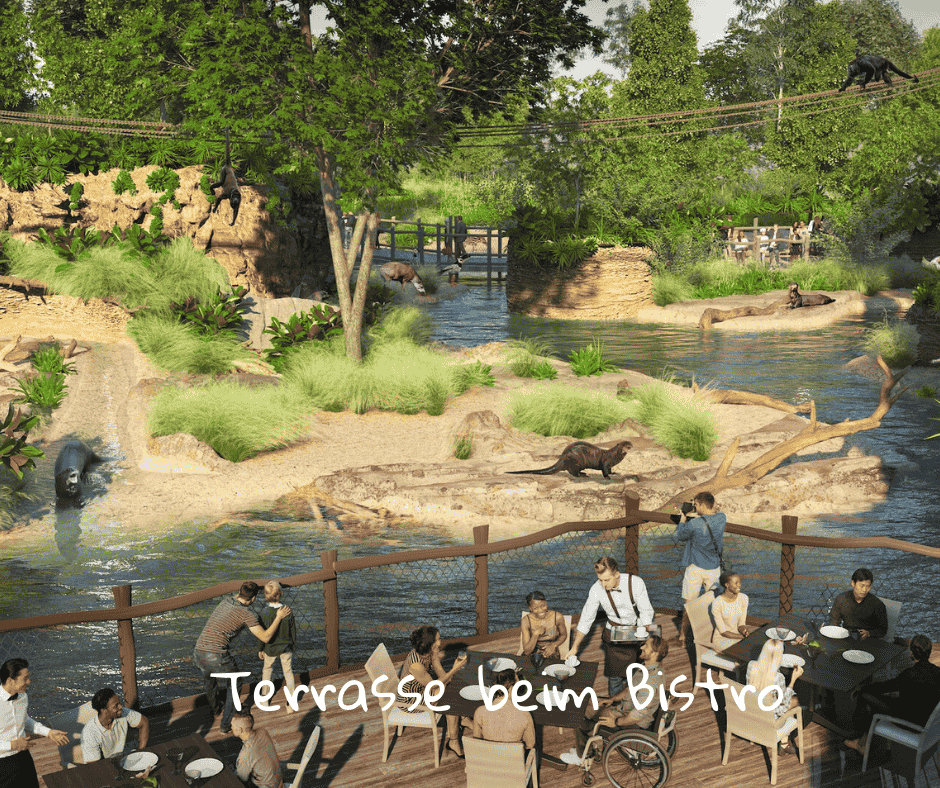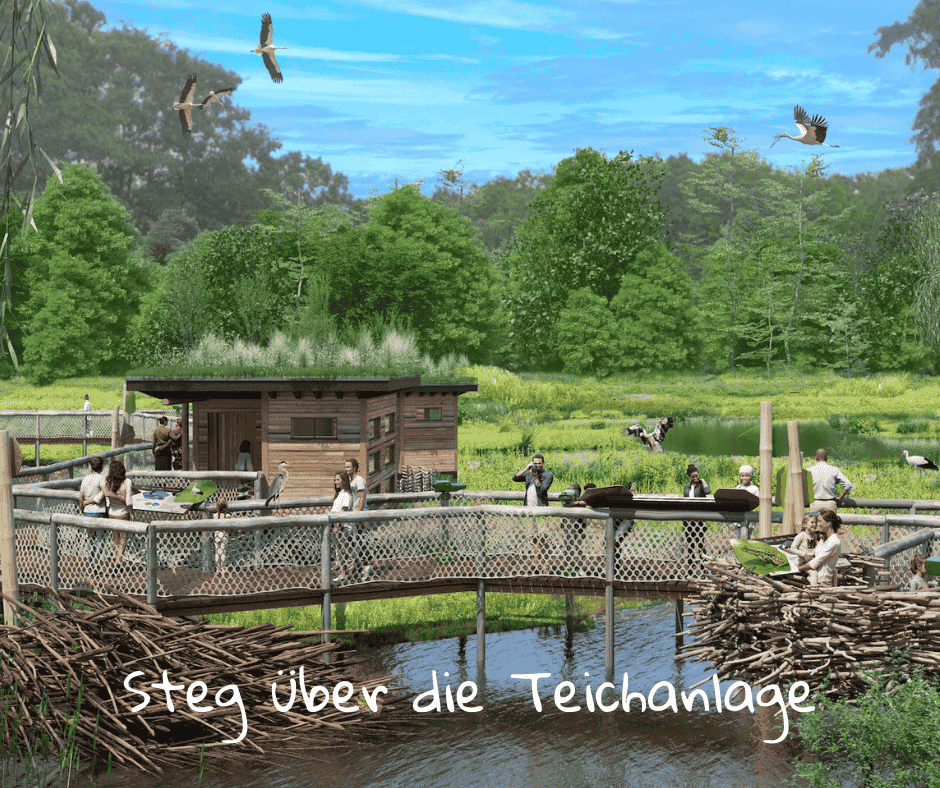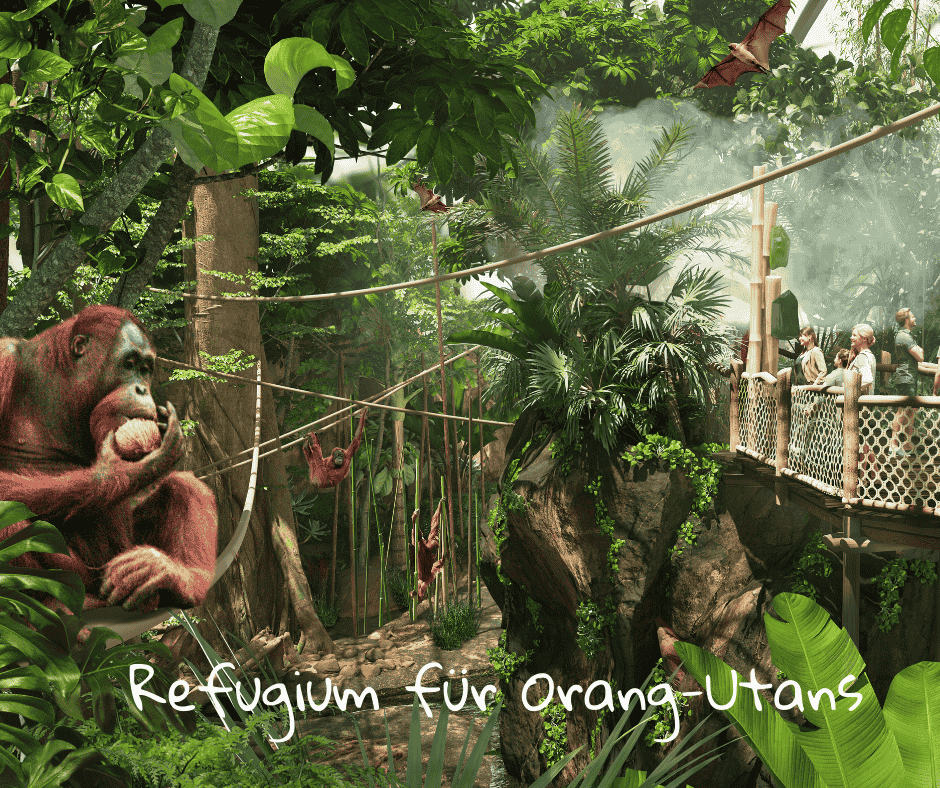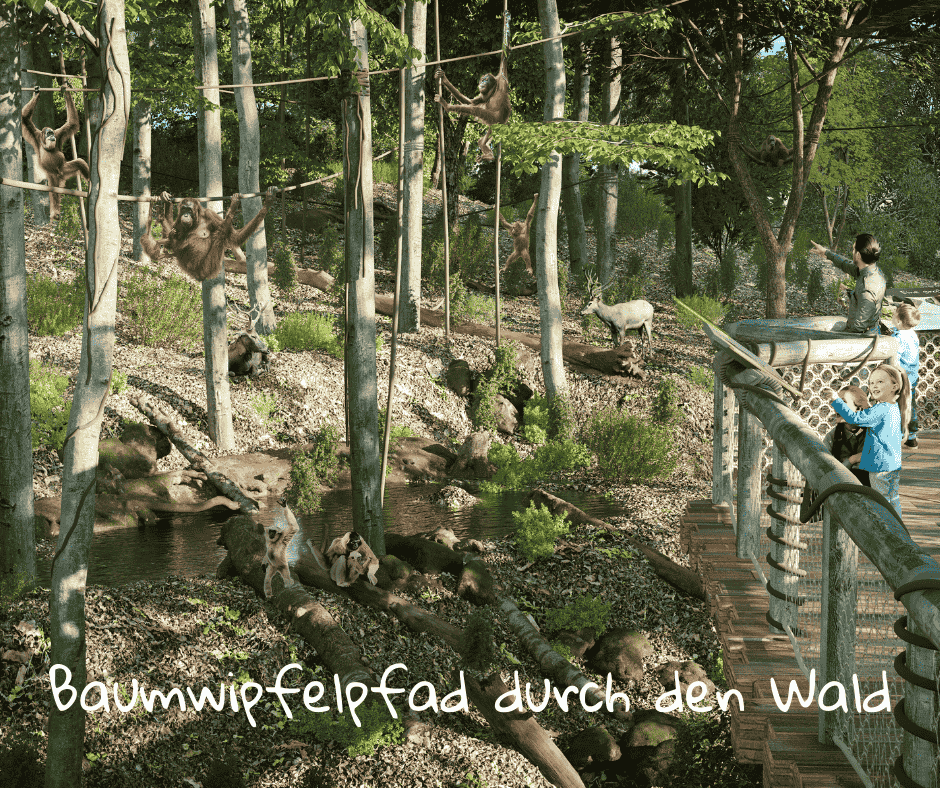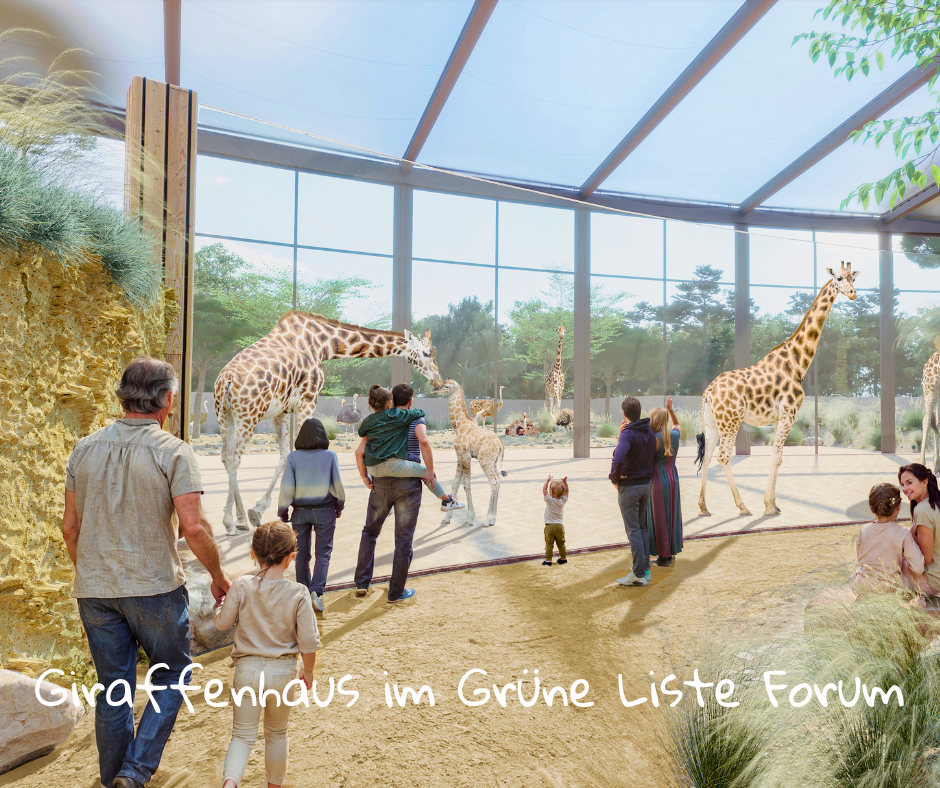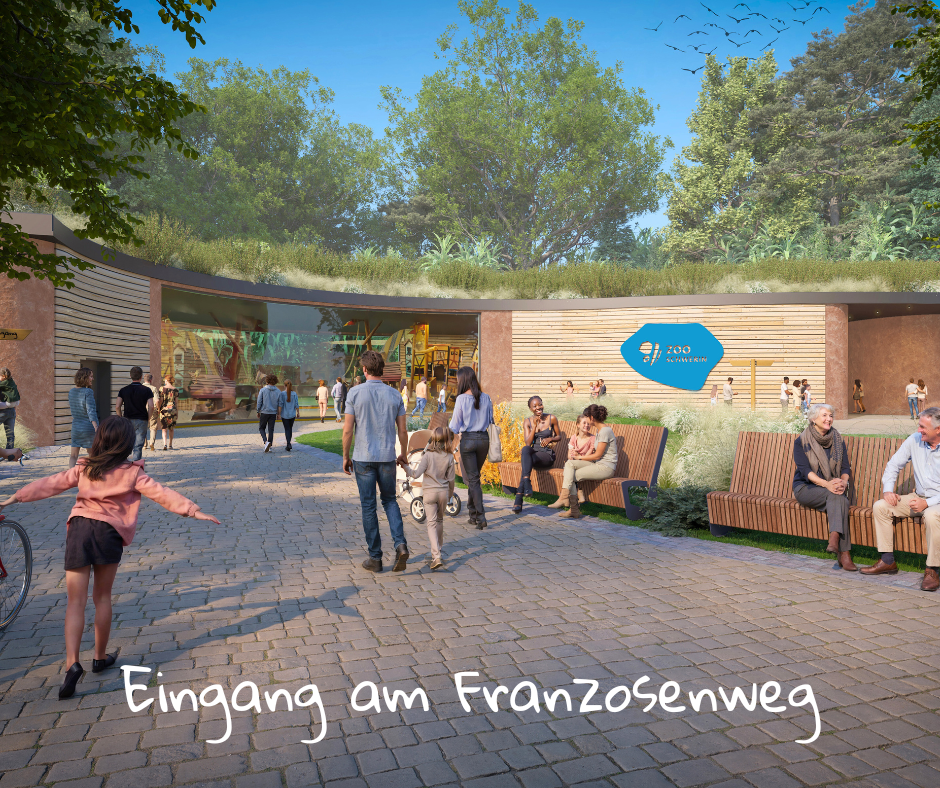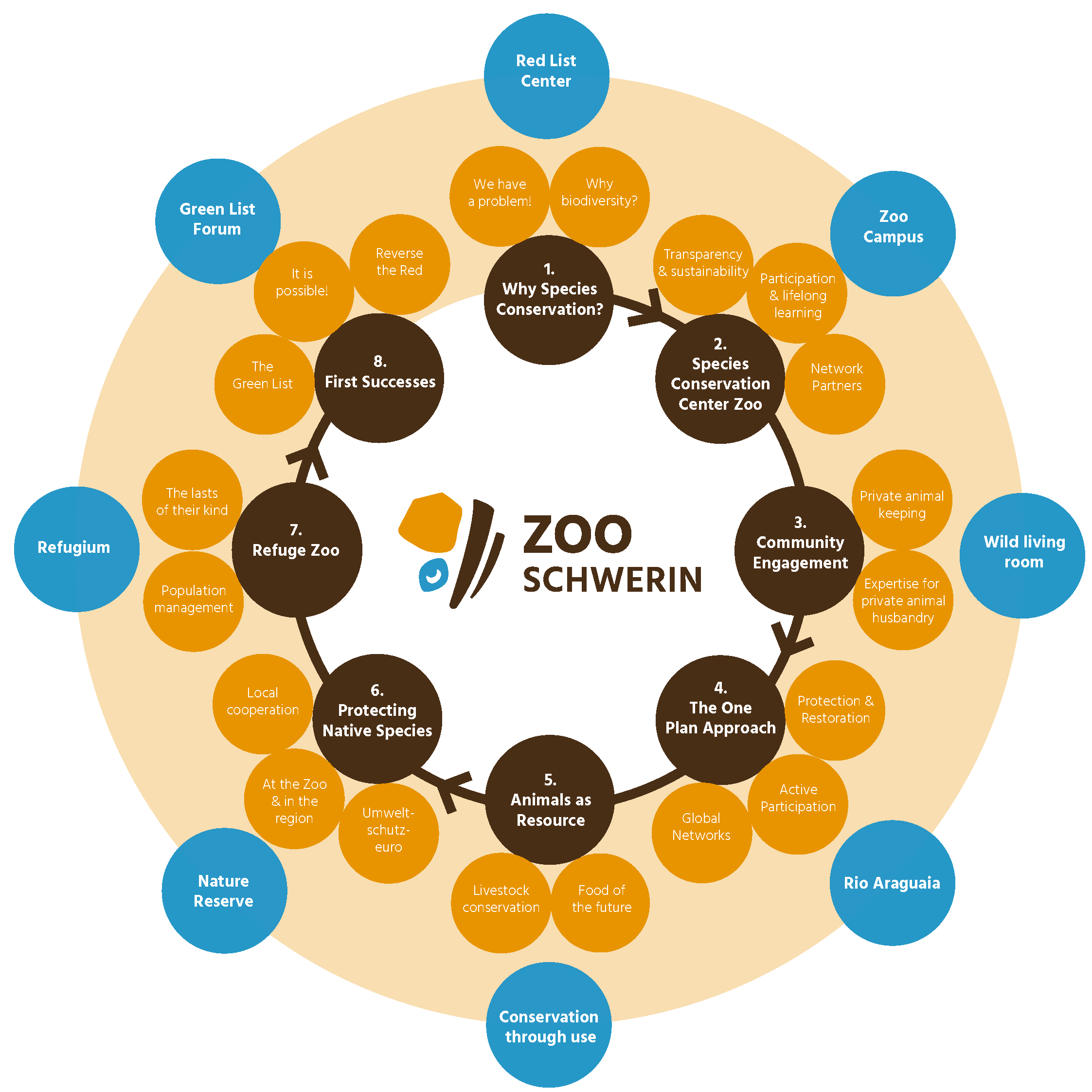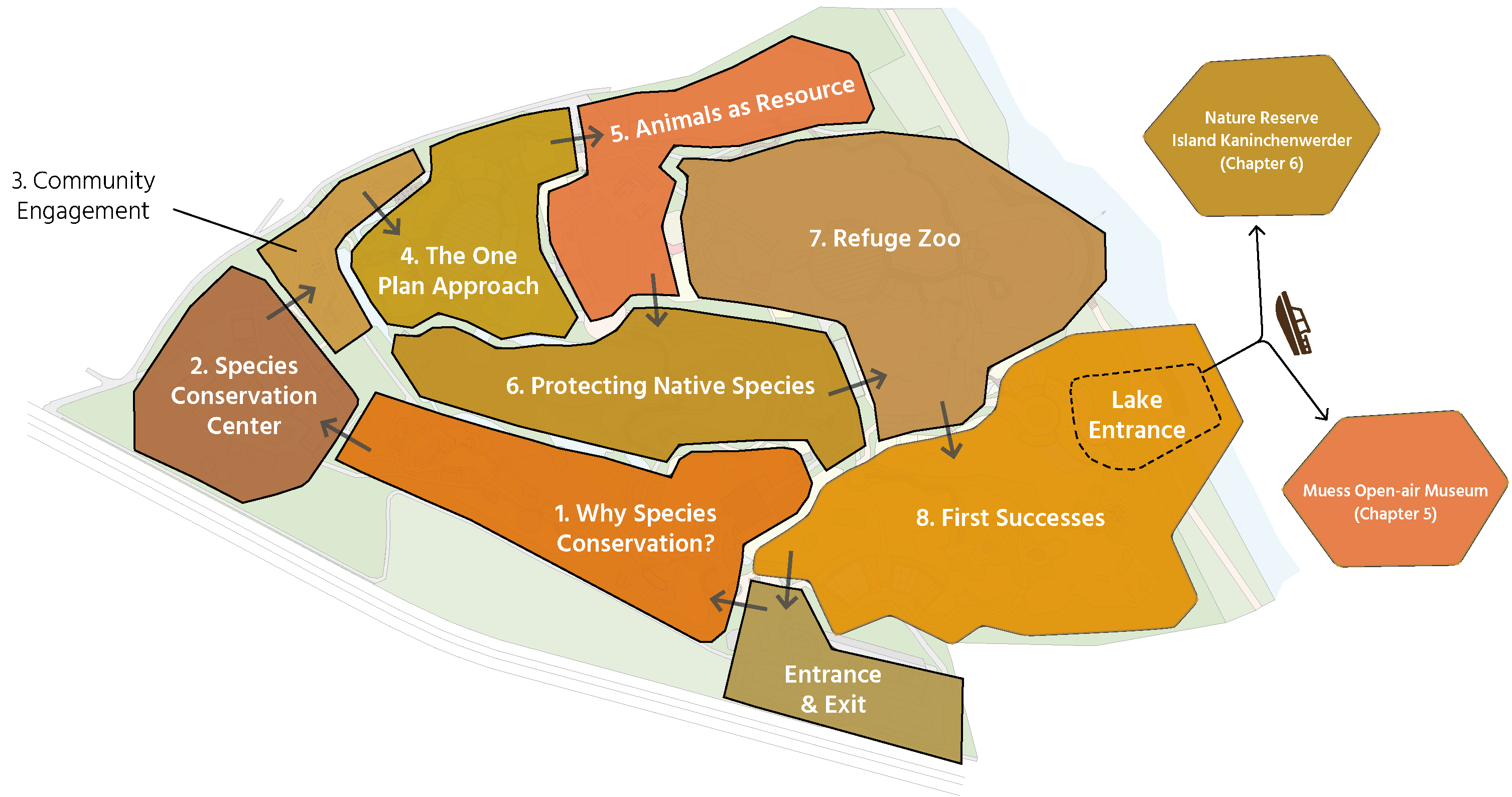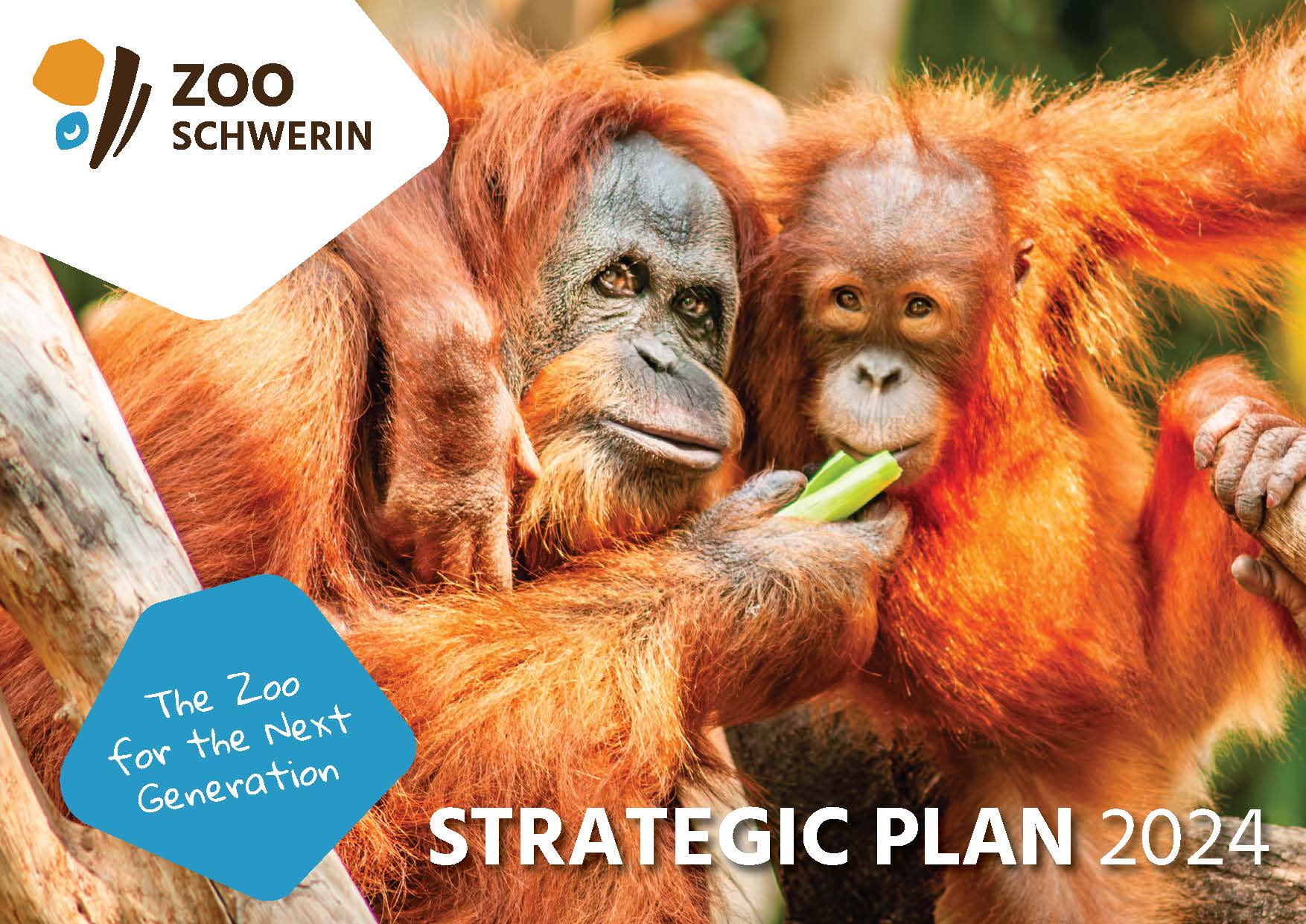Schwerin Zoo has big plans and aims to set new standards in species conservation and visitor experience.
We have outlined our vision for the coming years in a unique concept.
Zoo Schwerin aims for sustainable and measurable relevance in regional and global species conservation and becomes key institution as a network centre for nature and species conservation in and for Mecklenburg-Vorpommern.
On an exciting tour of the zoo's themed areas our guests will learn why species conservation is important, and the irreplaceable role that zoos and our visitors play in it!
Eight zones, each focusing on a different aspect of species and resource conservation, breathe life into nature conservation. Enjoy an unforgettable day surrounded by fascinating animals and making new discoveries!
